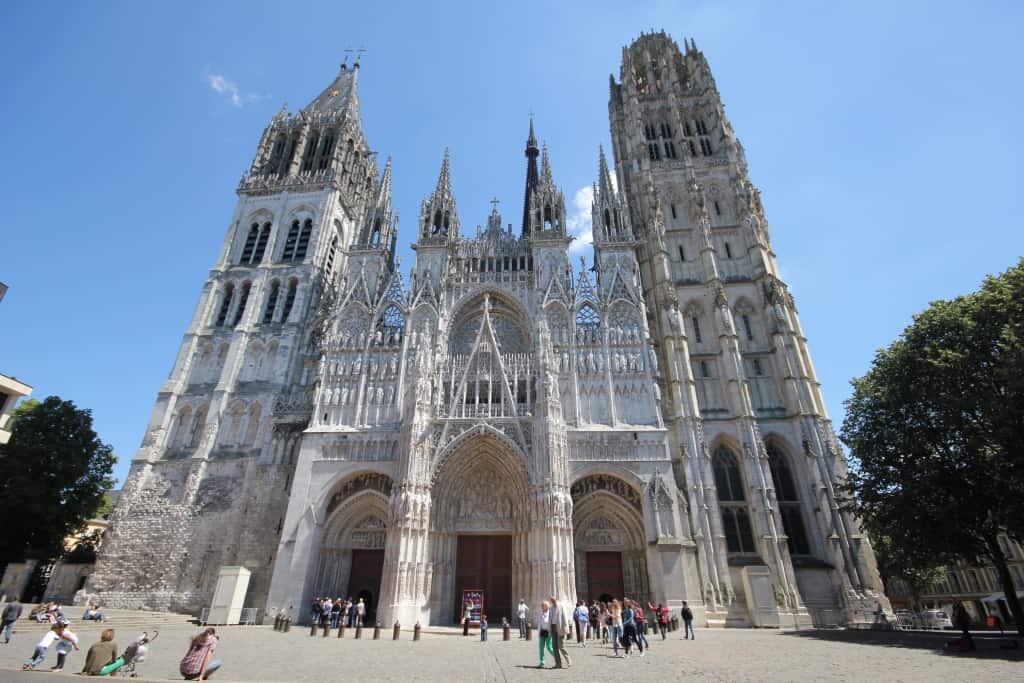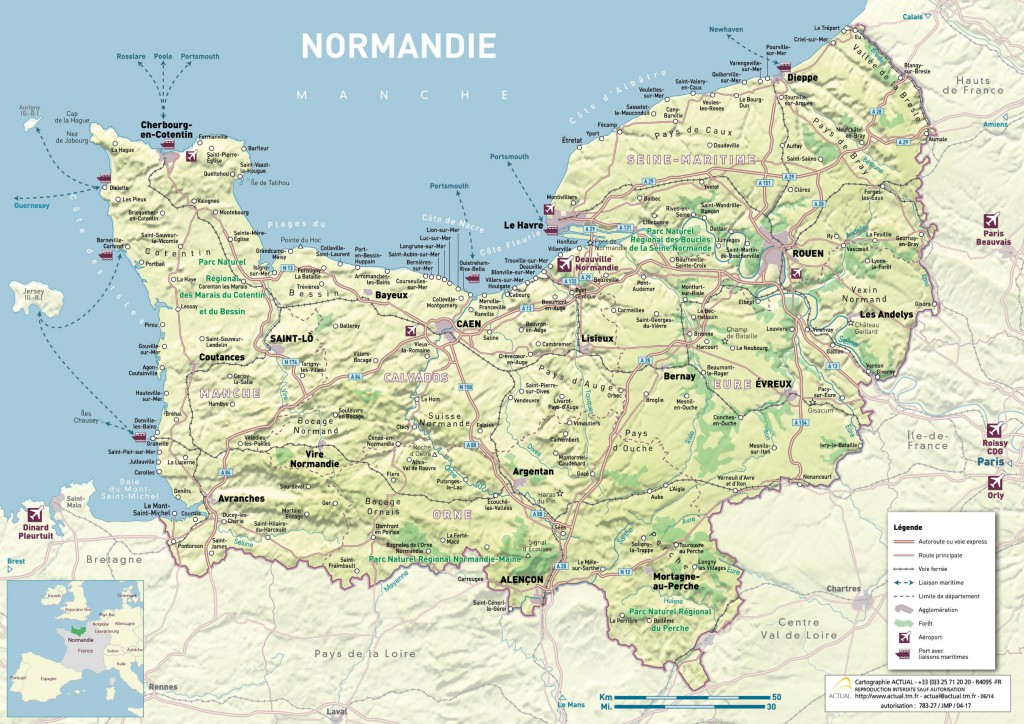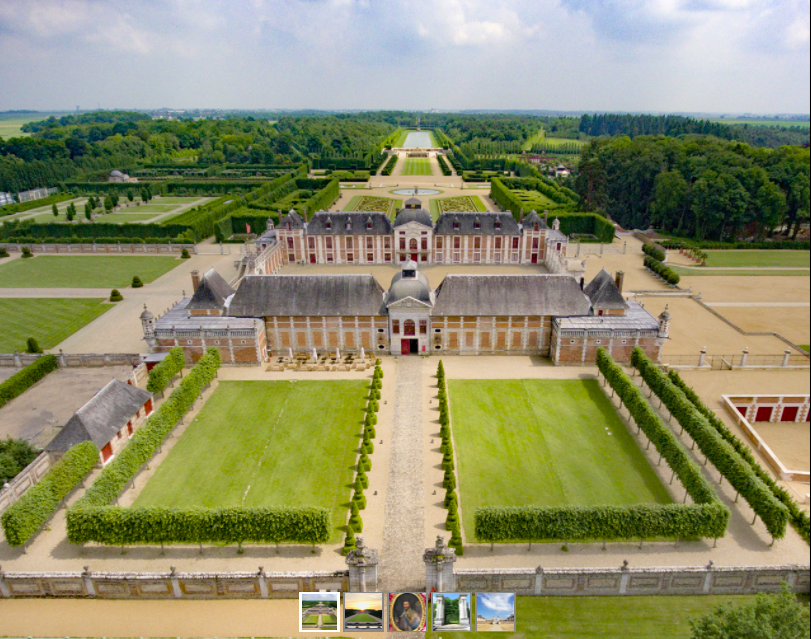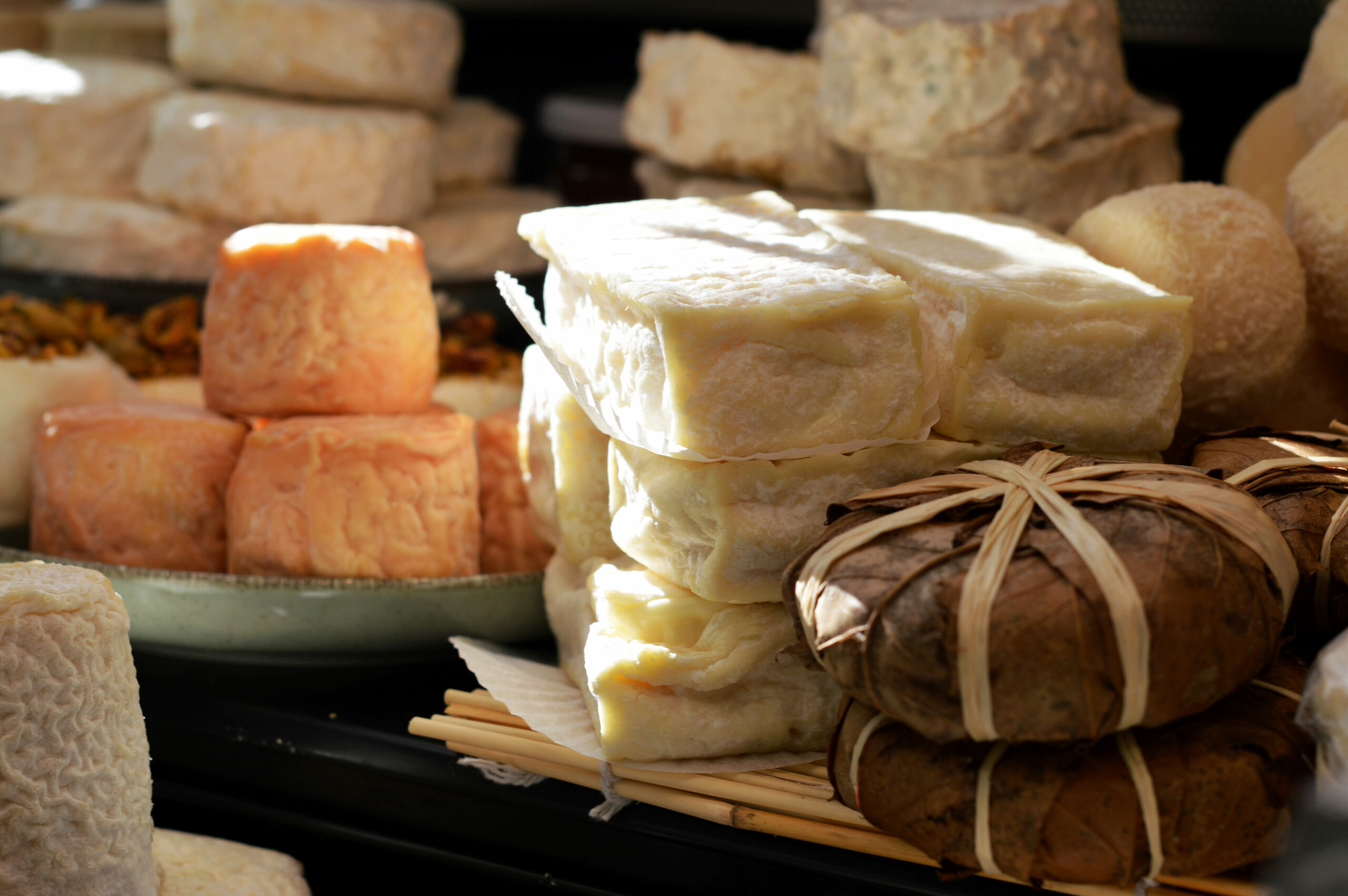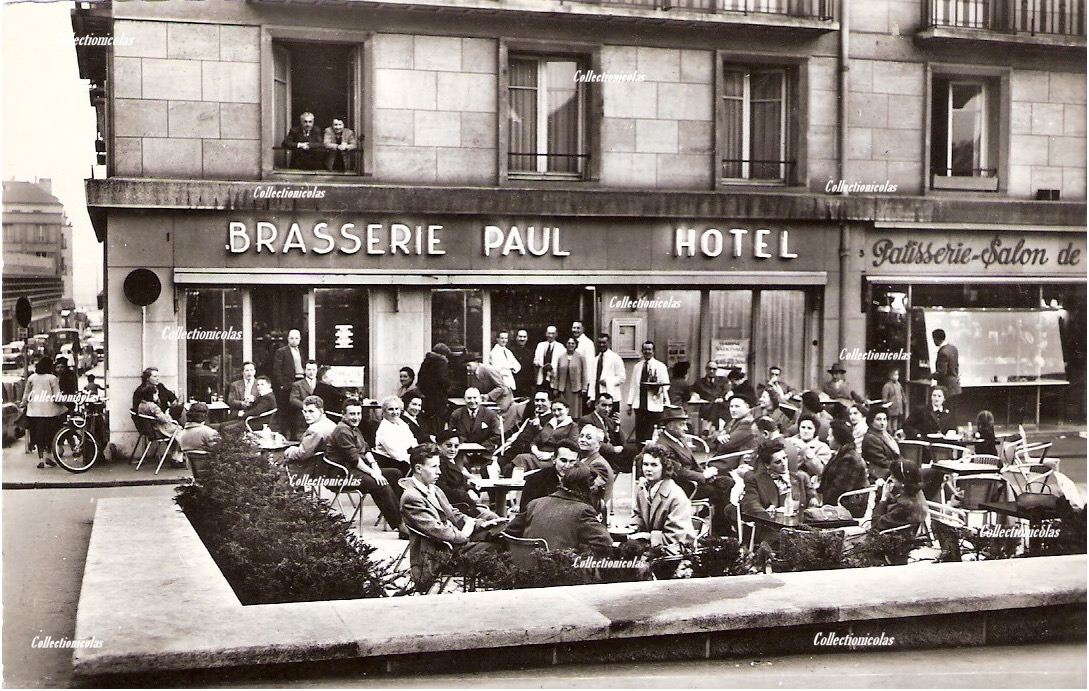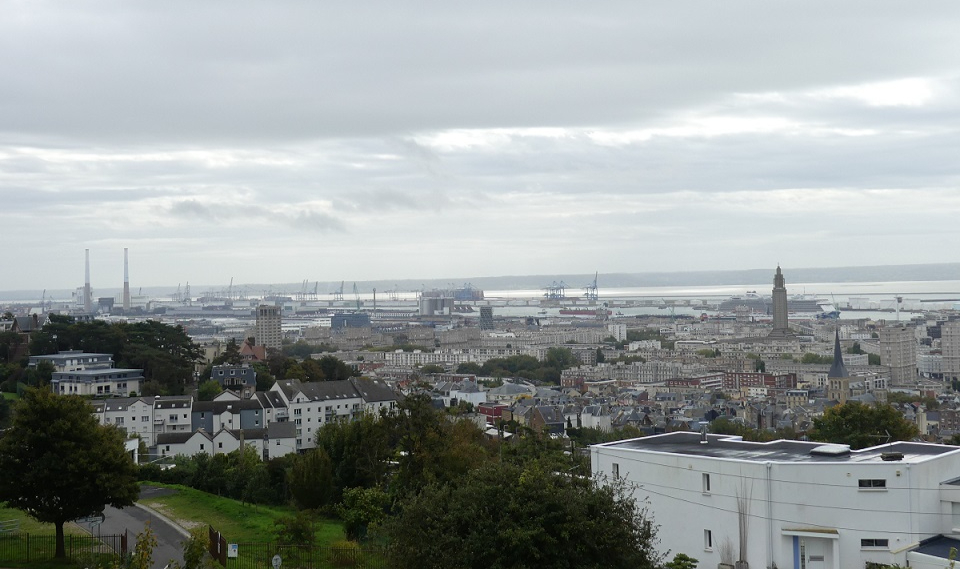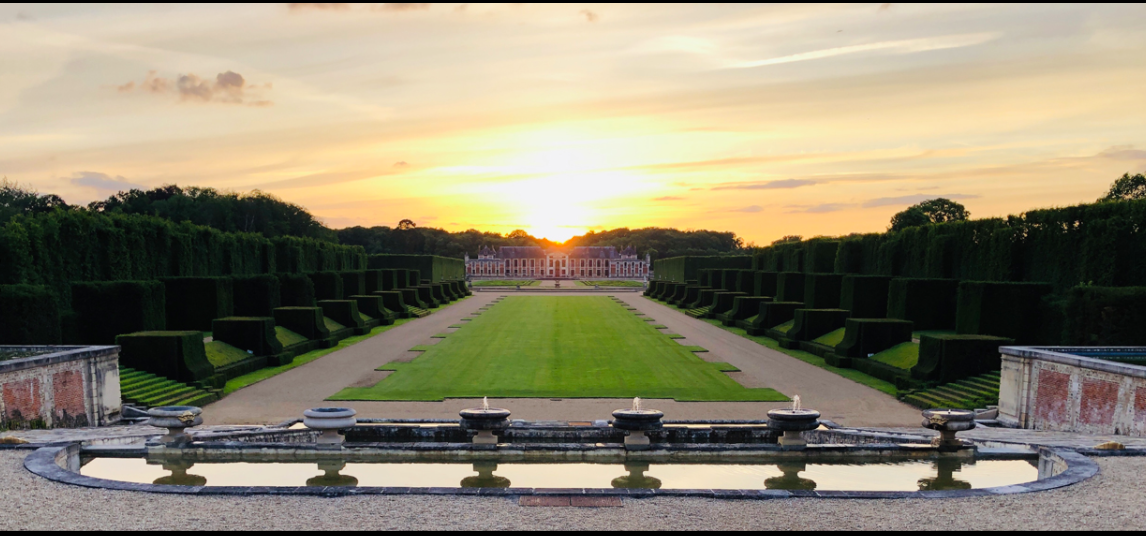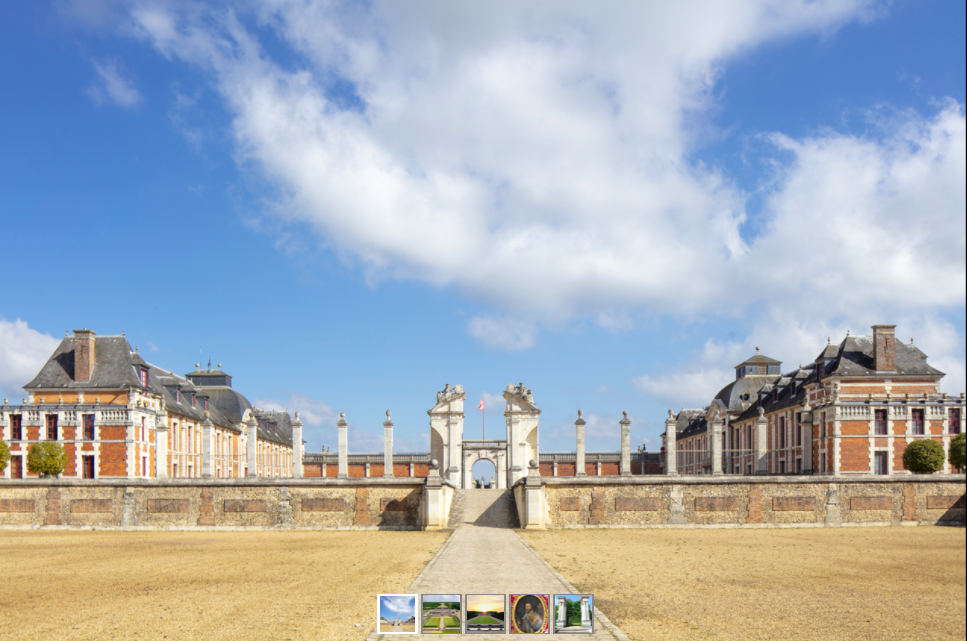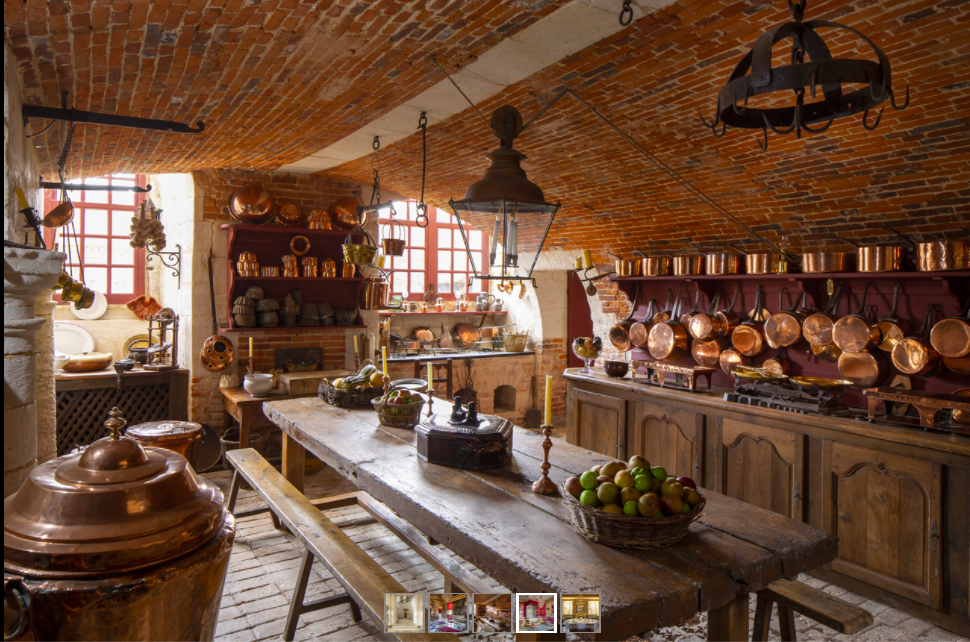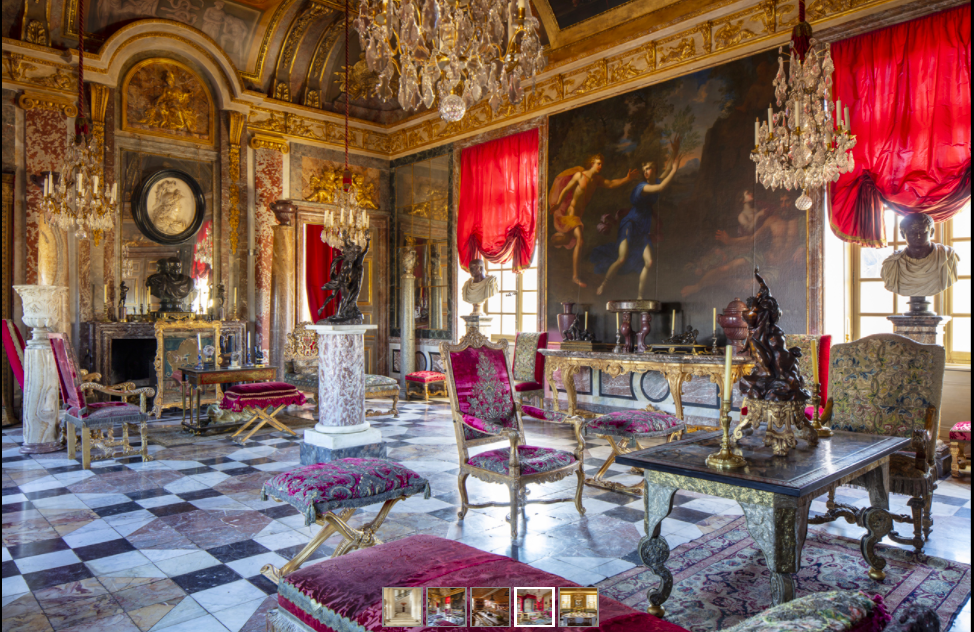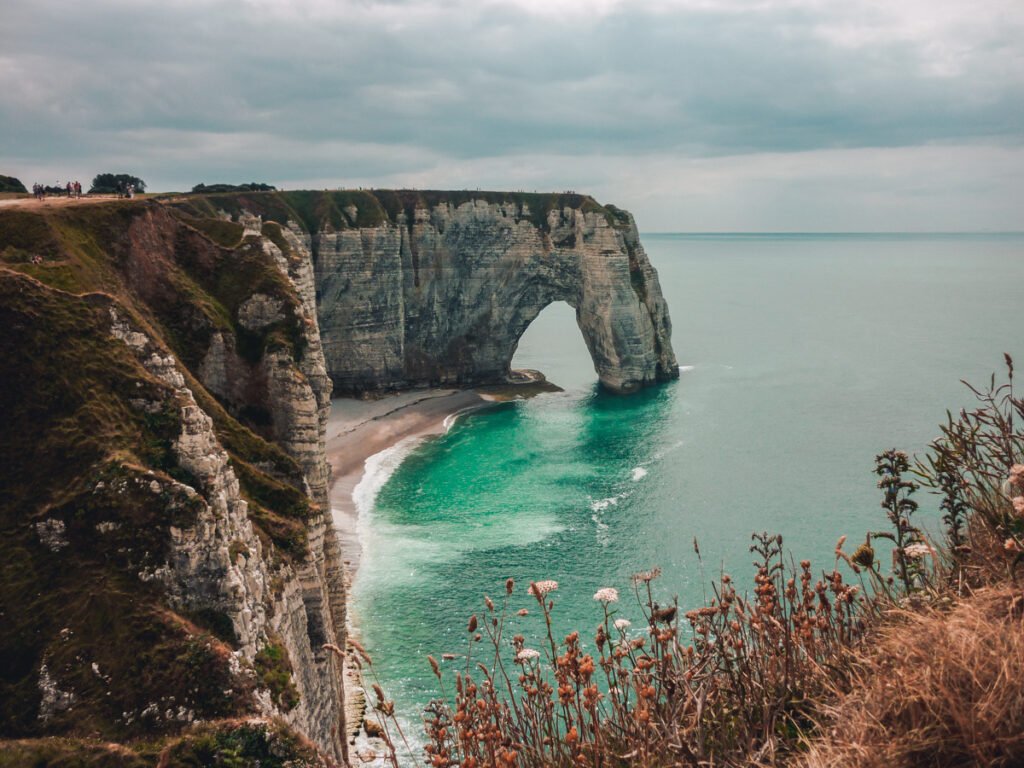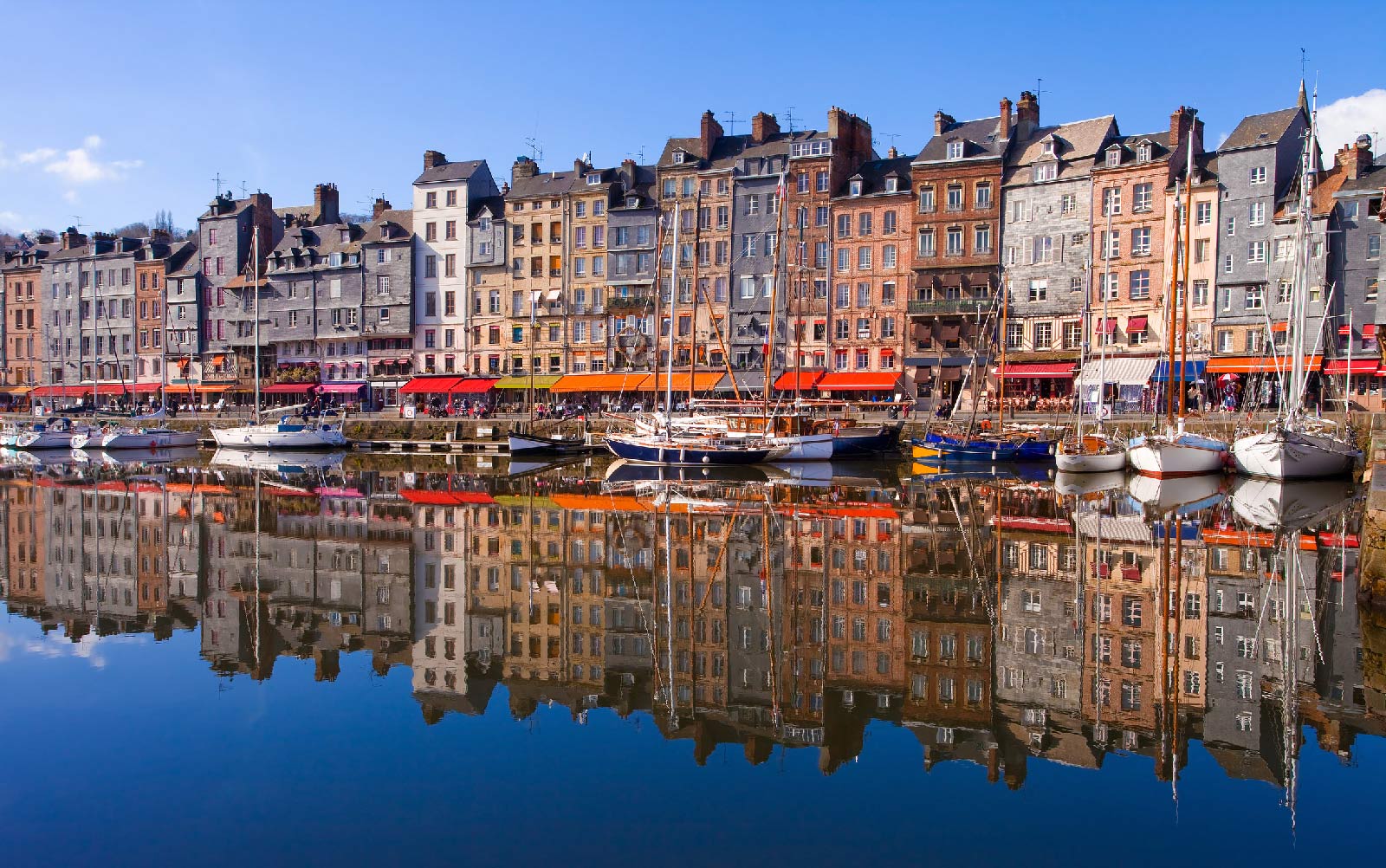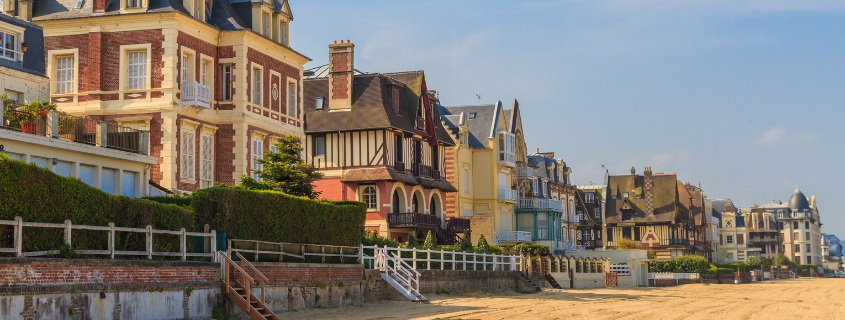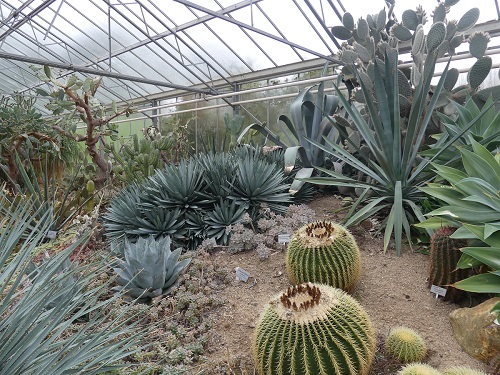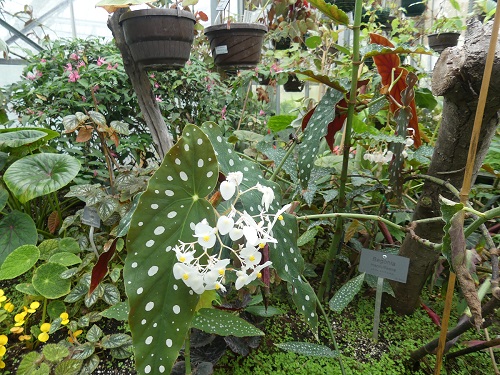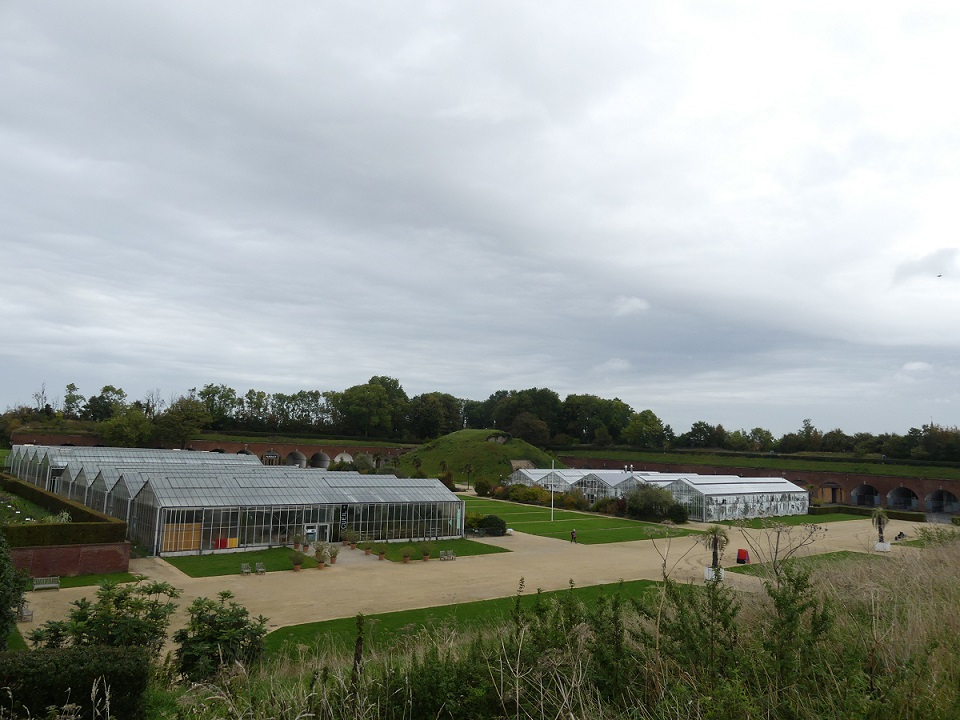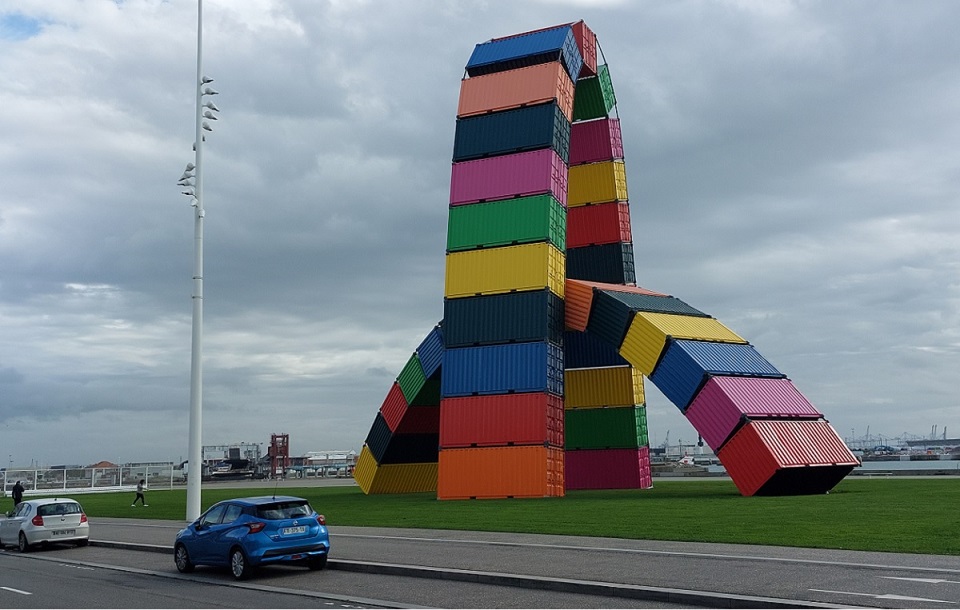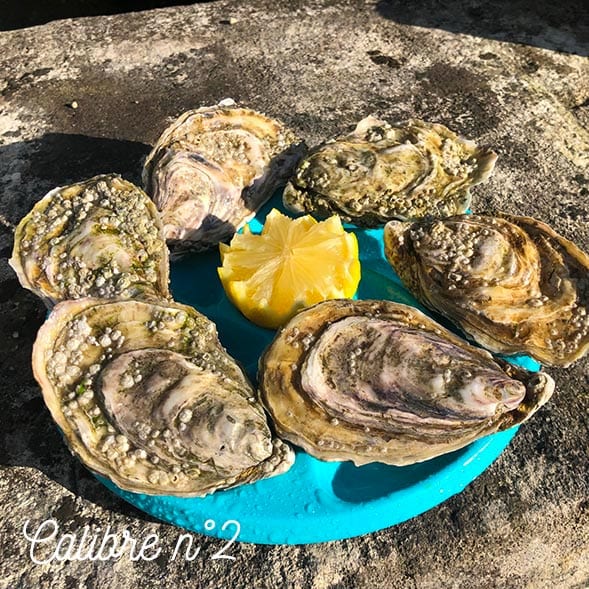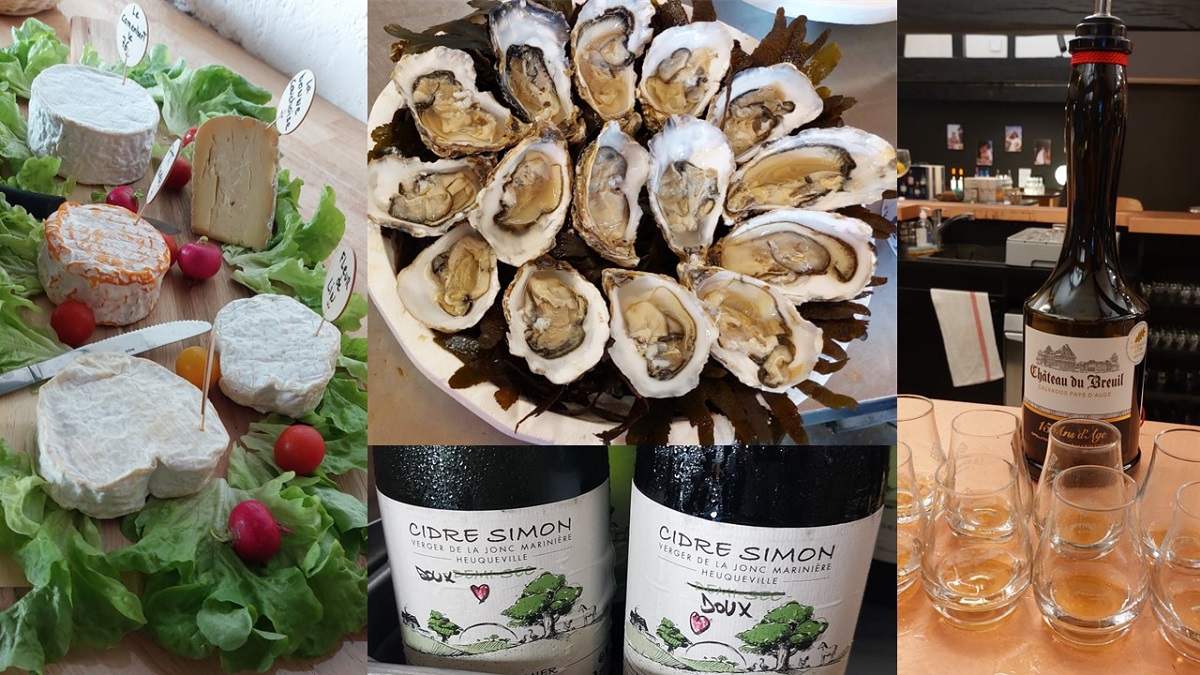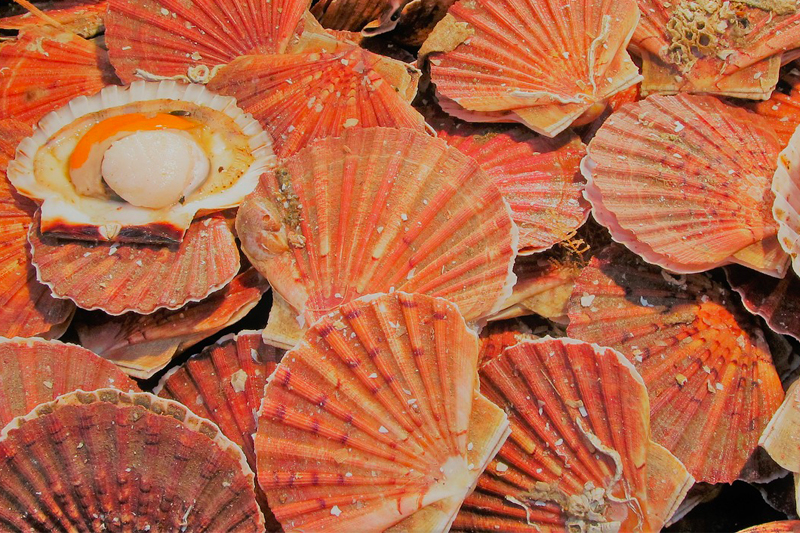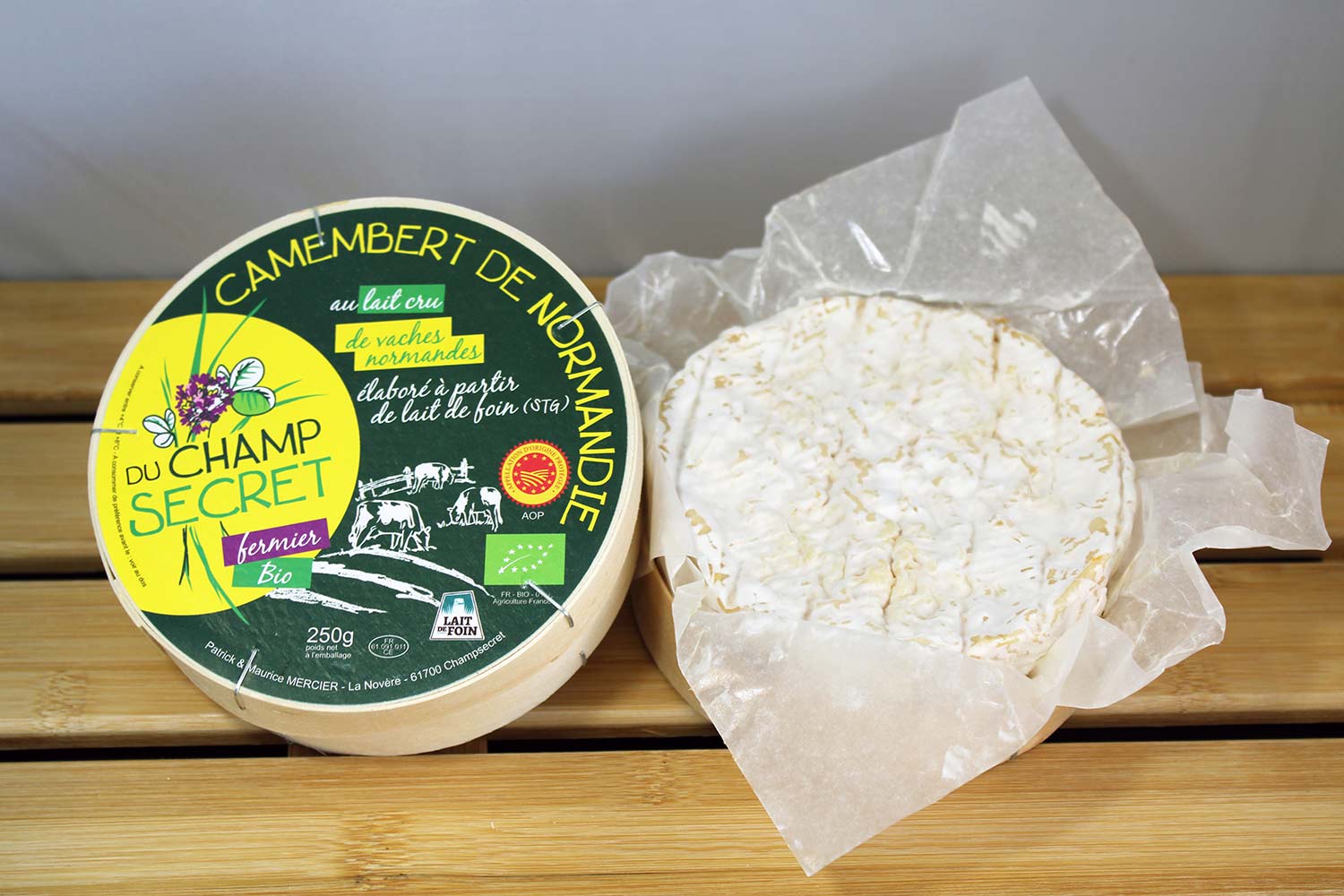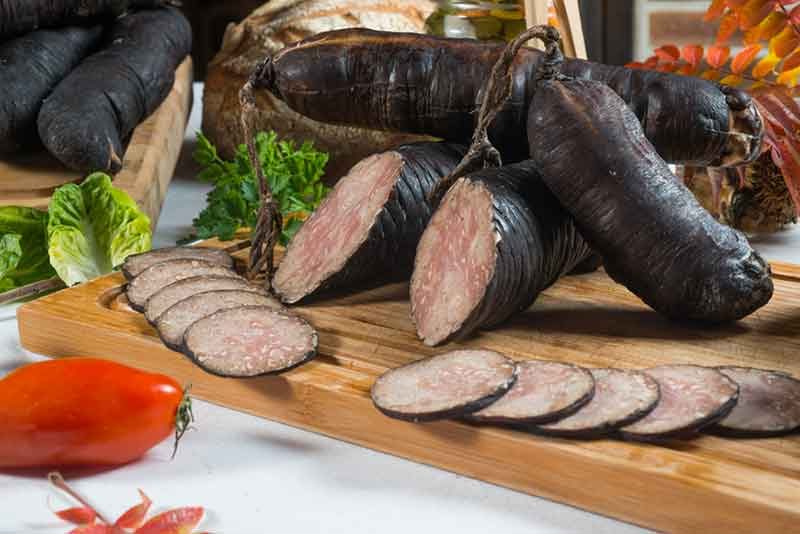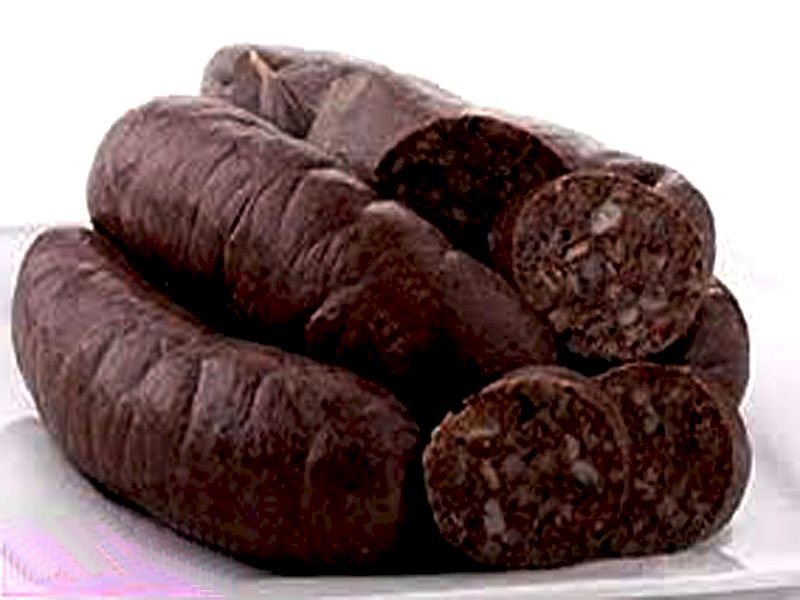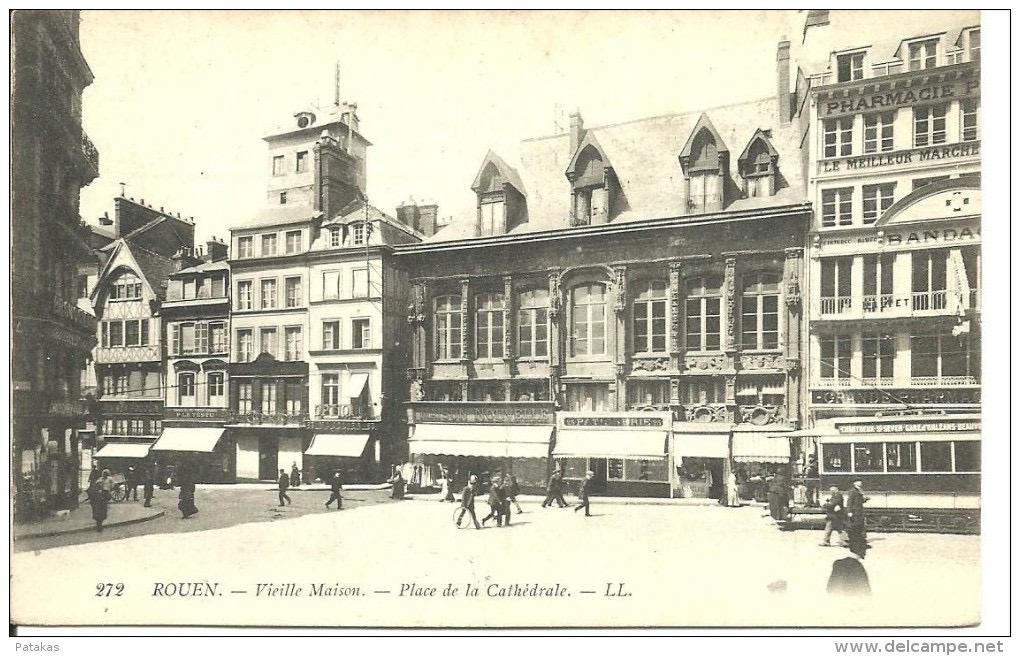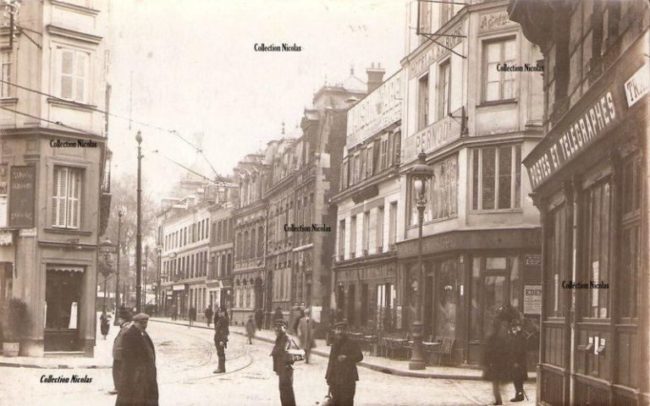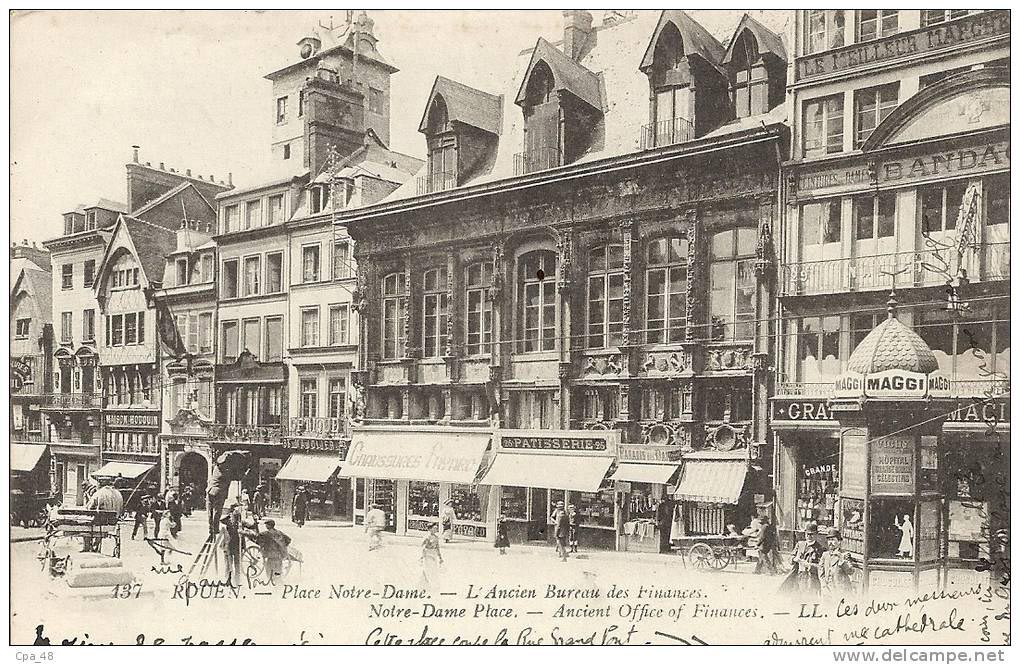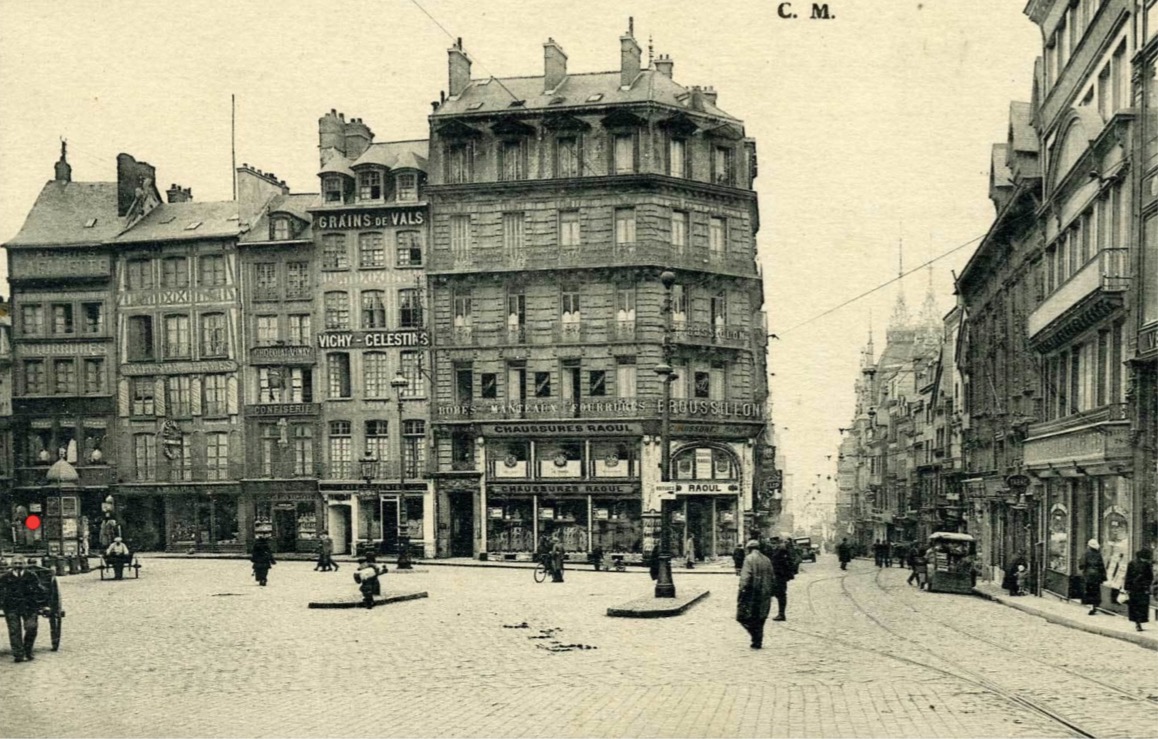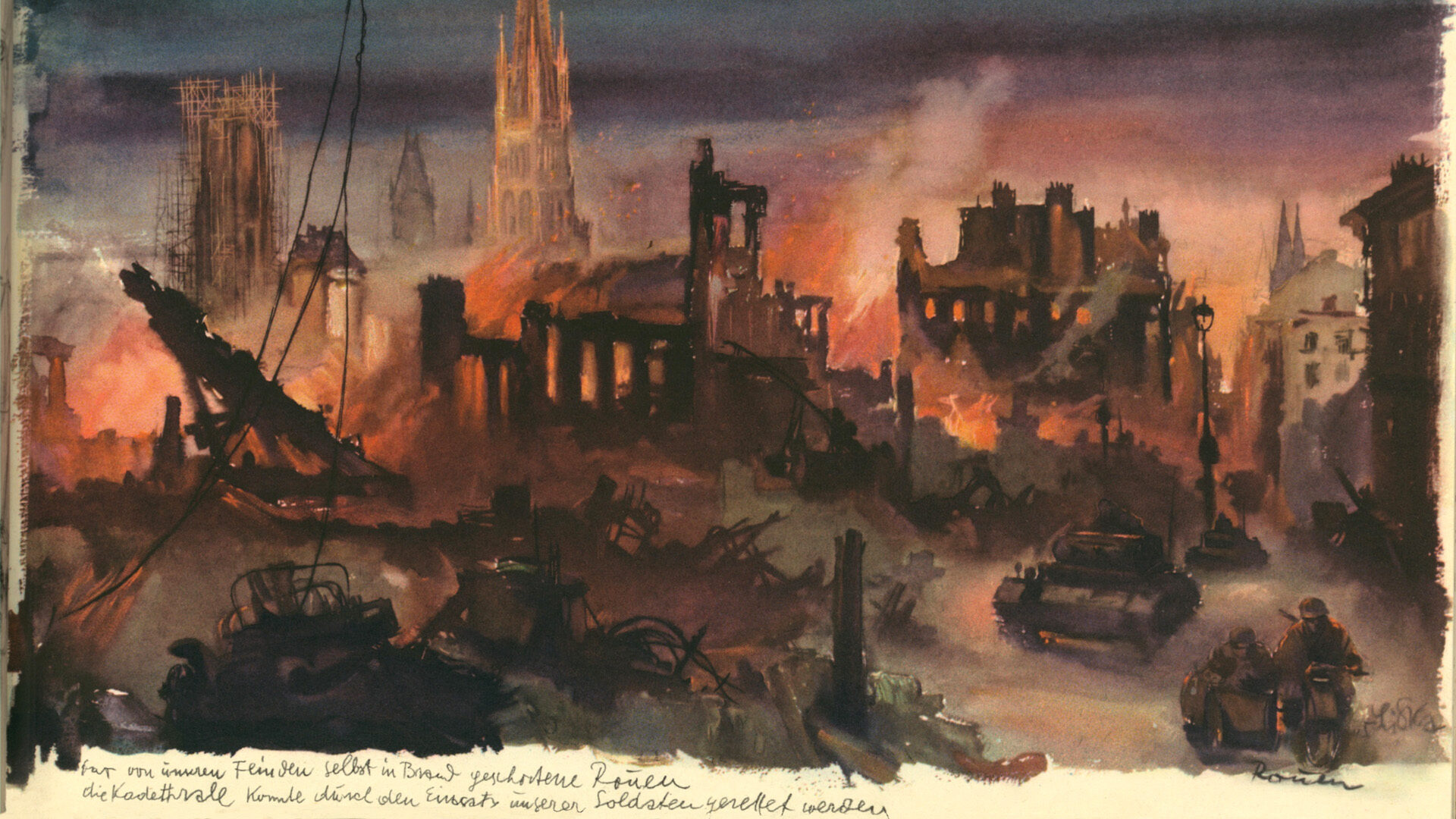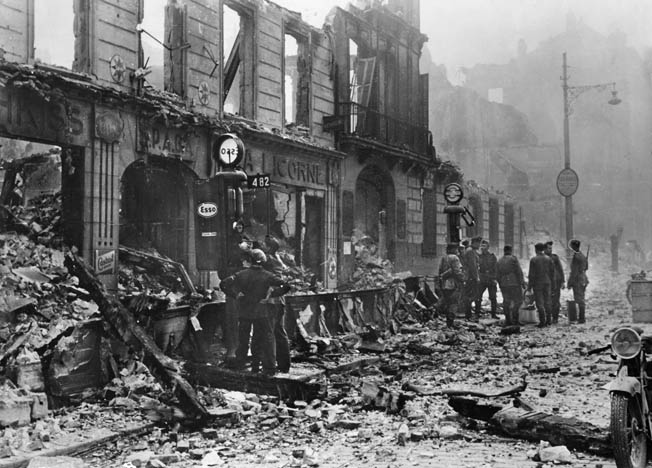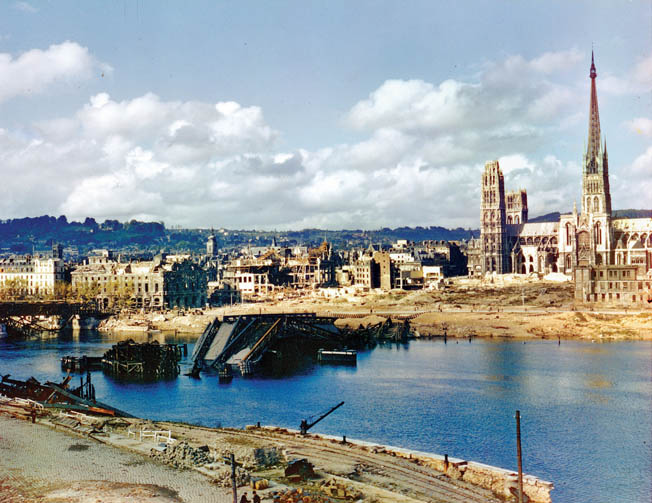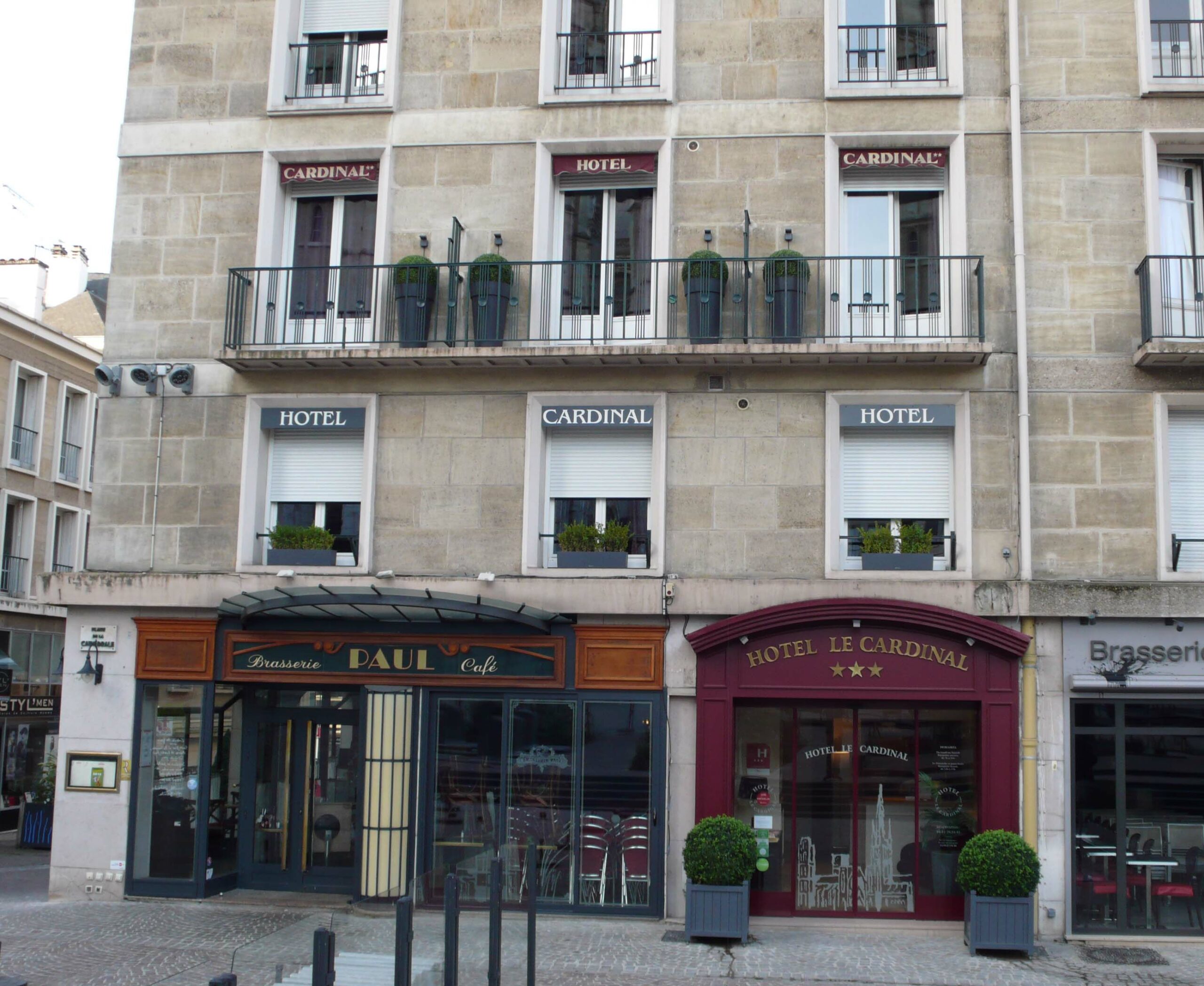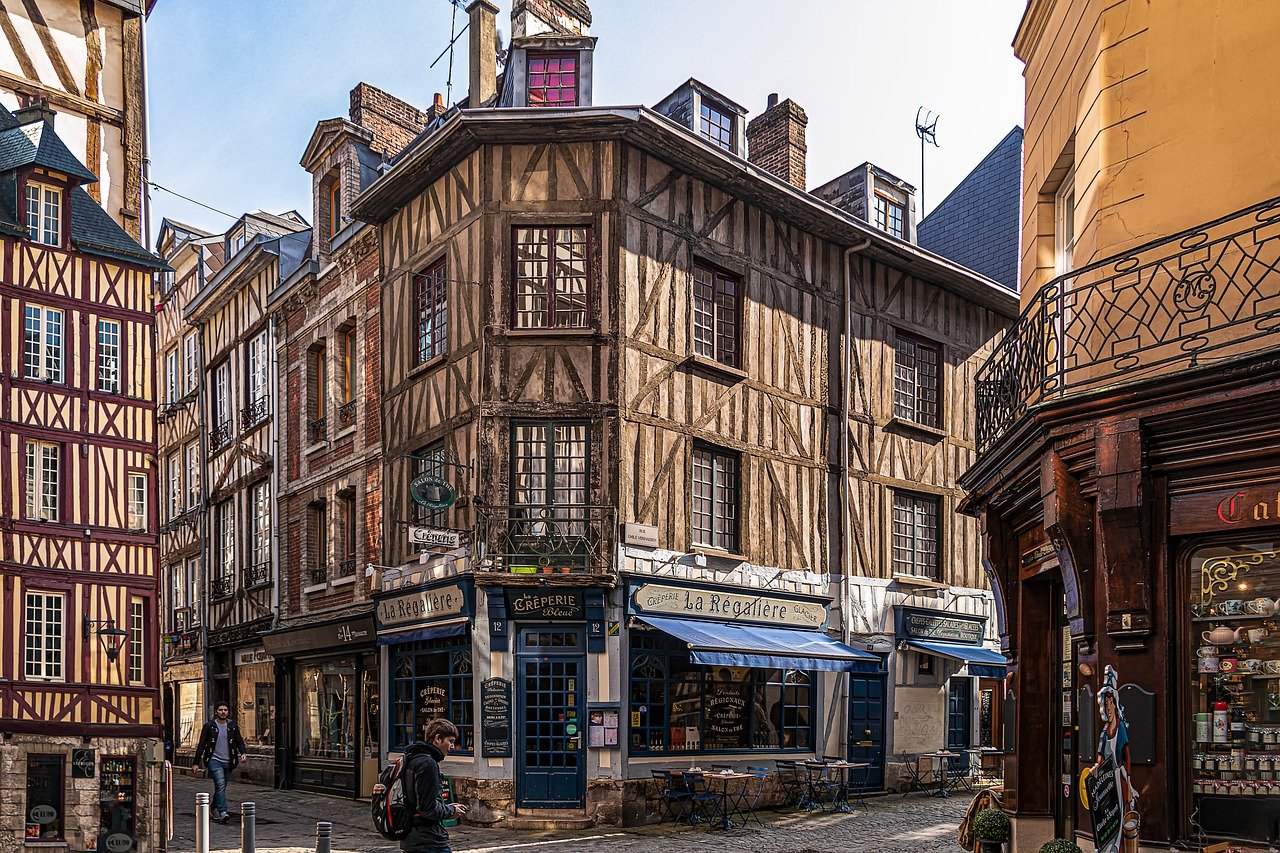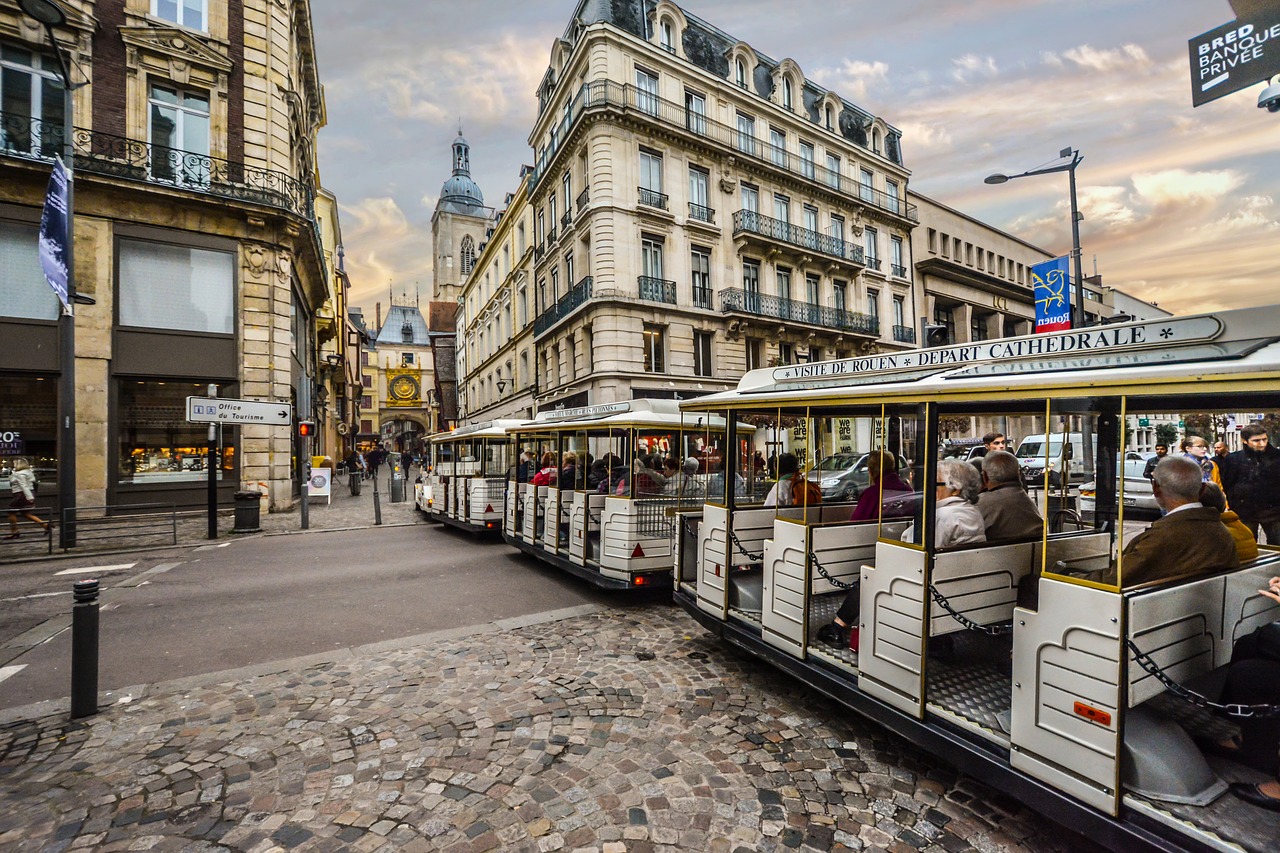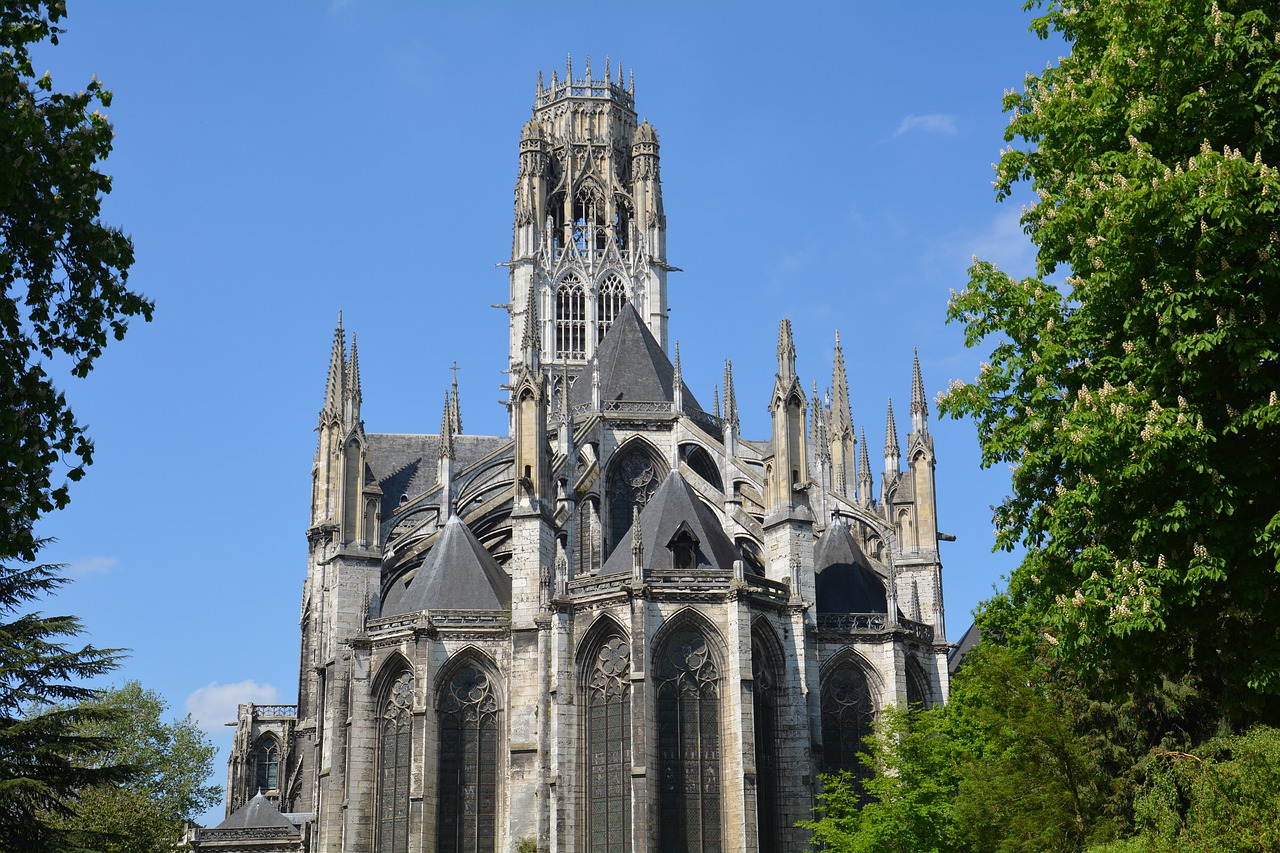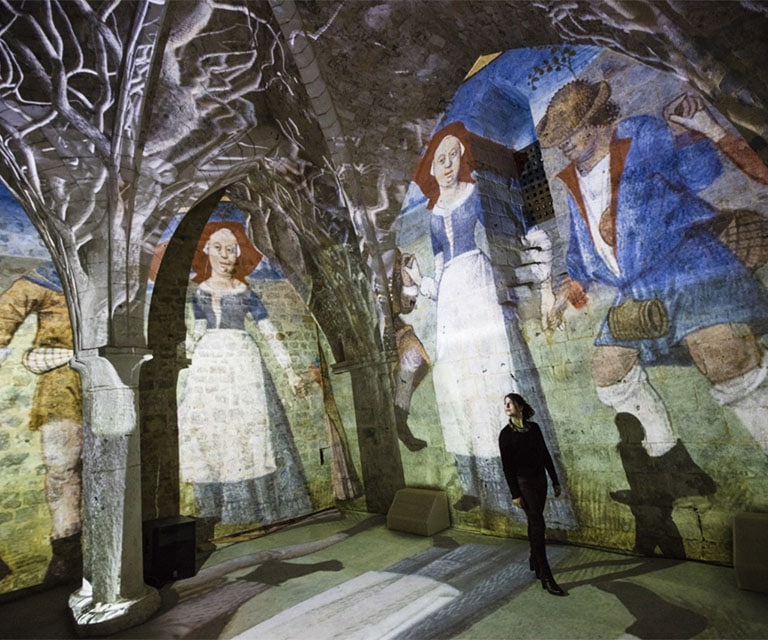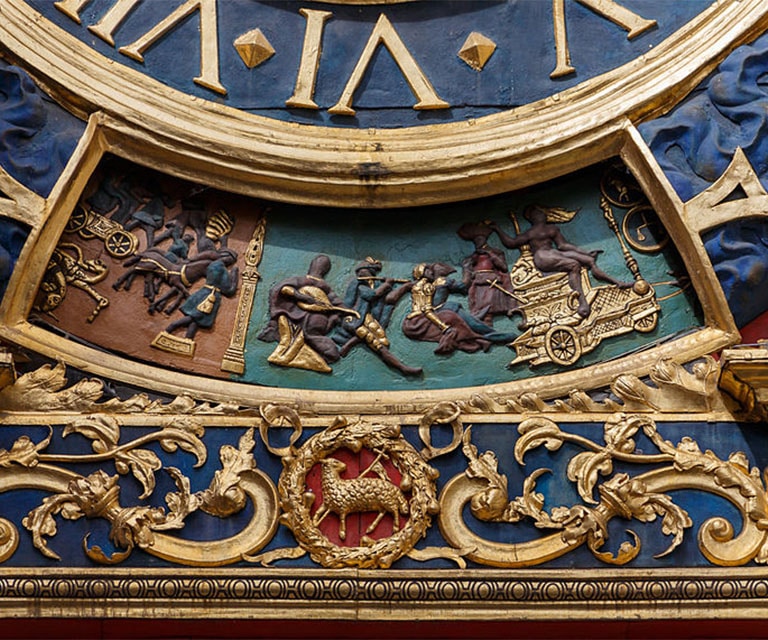le champ-de Bataille
The magnificent 17th century Château du Champ-de-Bataille is often called the Norman Versailles in France. It was designed by Louis Le Vau, an architect who also left his mark on Versailles. But if the castle has regained its former glory, it is thanks to the world-renowned interior designer and decorator Jacques Garcia, who purchased the entire property in 1992 and has owned it ever since.
He restored and furnished the castle and found an ideal location for his extensive collection of antiques. The castle is said to contain more than 5,000 objects from its private collections, most of them of royal origin, as well as more than 15,000 books. Garcia also designed the current castle gardens himself. The park landscape in particular has an irresistible appeal and beauty. When Garcia took over the castle in 1992, all that remained of the original baroque garden was a few drawings which gave him ideas. At 45 hectares, the largest private park in Europe was created practically from scratch, with groves, ponds, water features and avenues. What stands out are the themed gardens of the gods, Cybele’s ice cellar, Prometheus’ torches and Actaion’s aviary, all inspired by classical mythology





